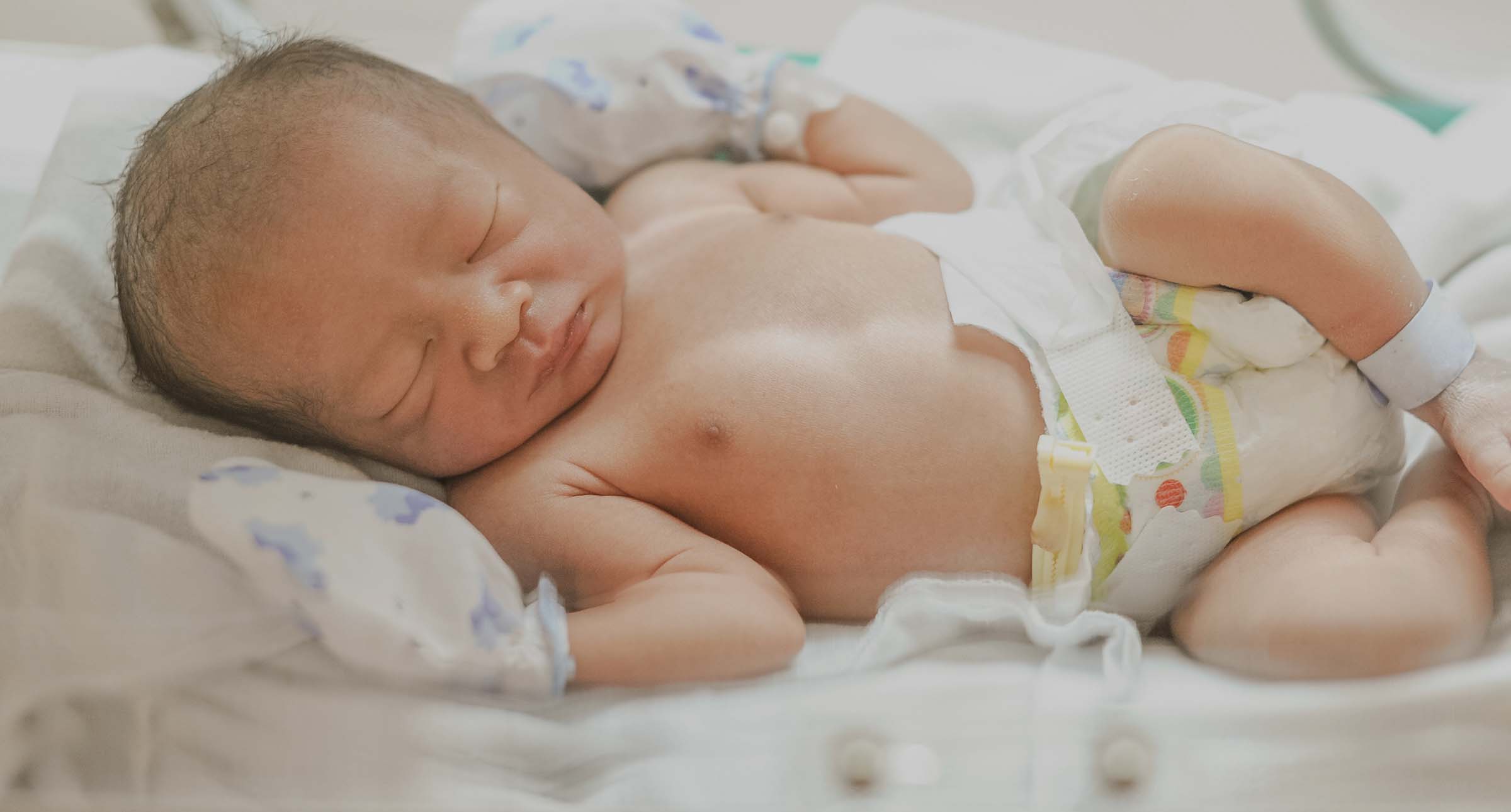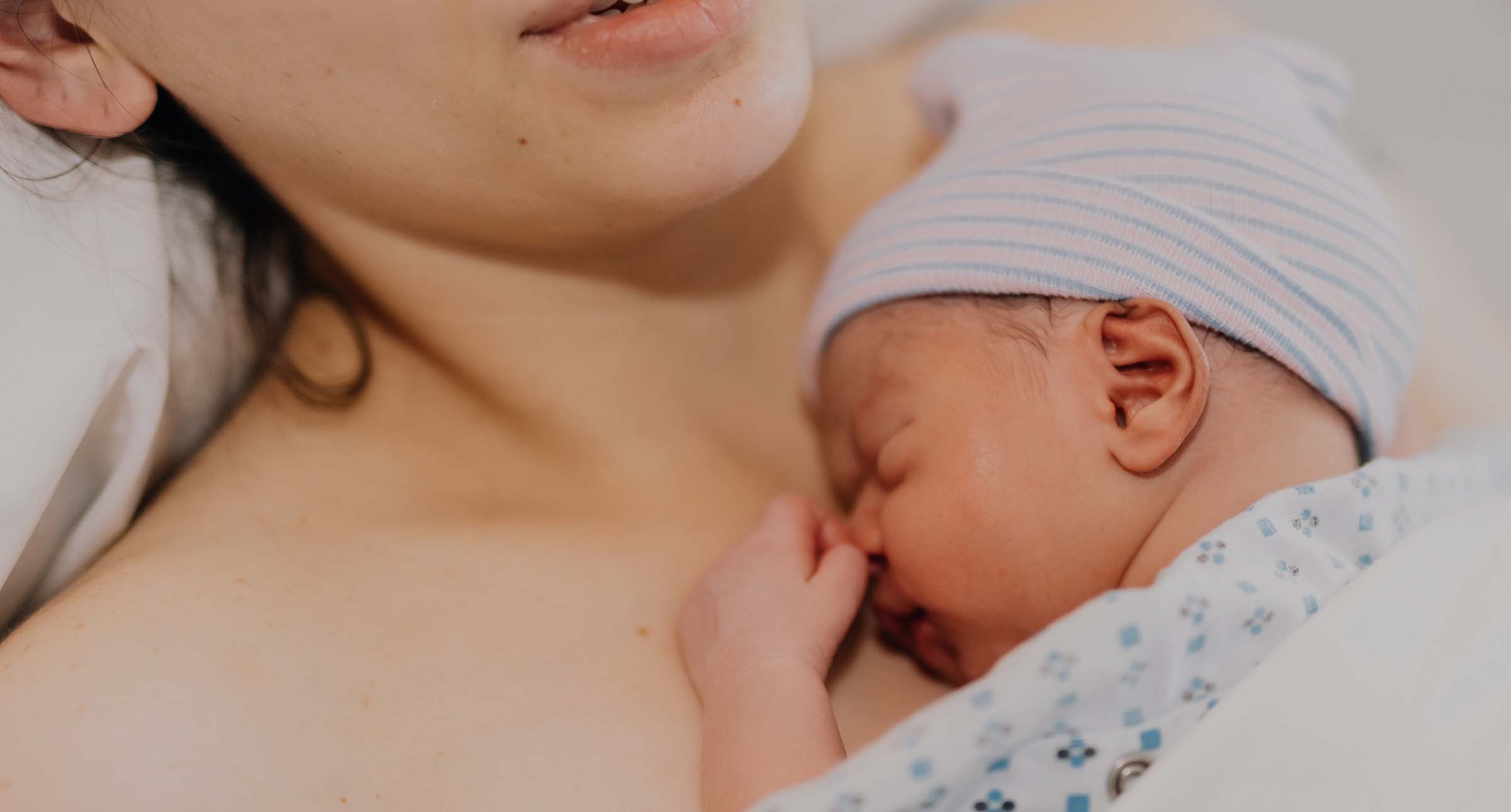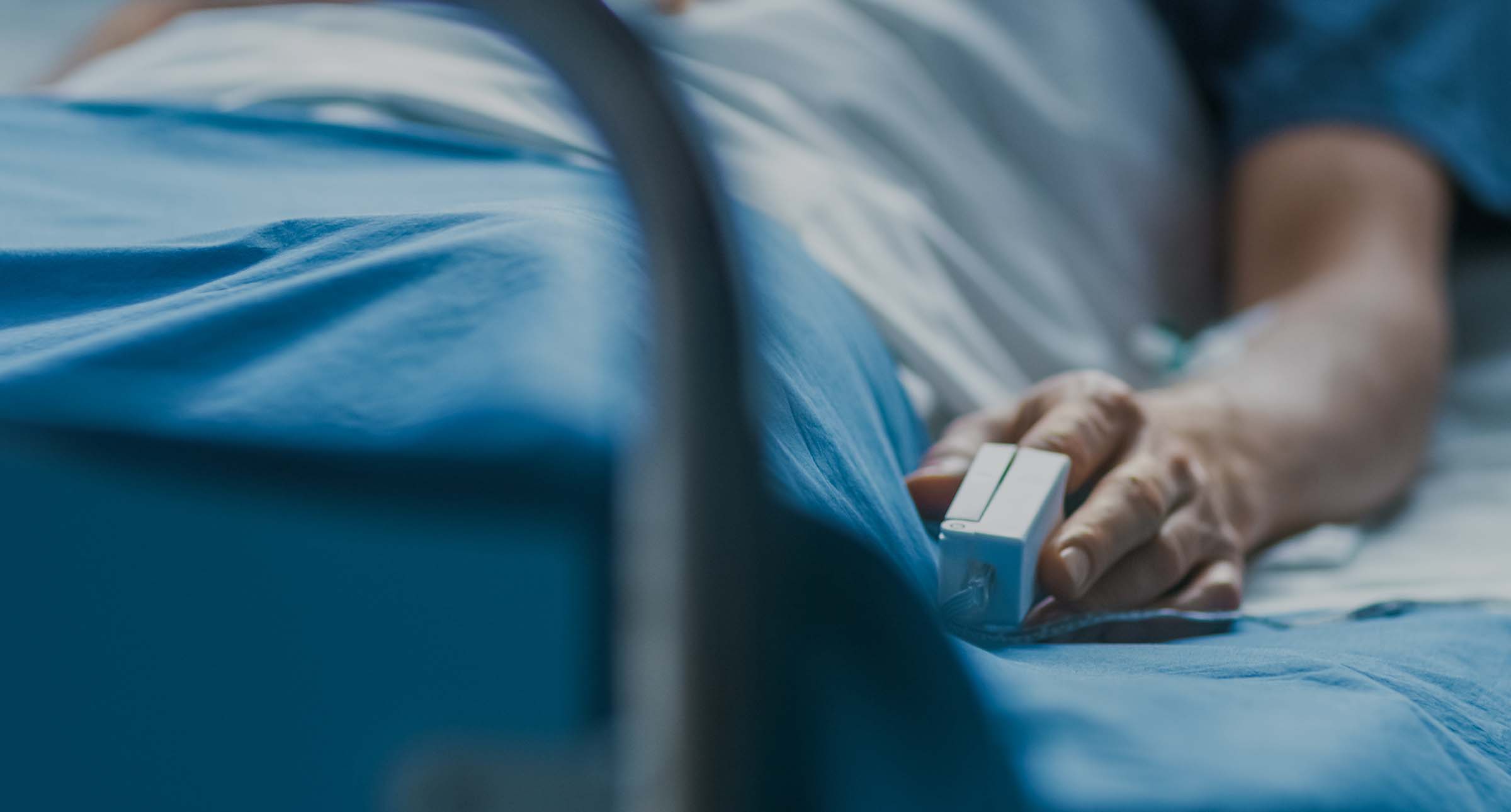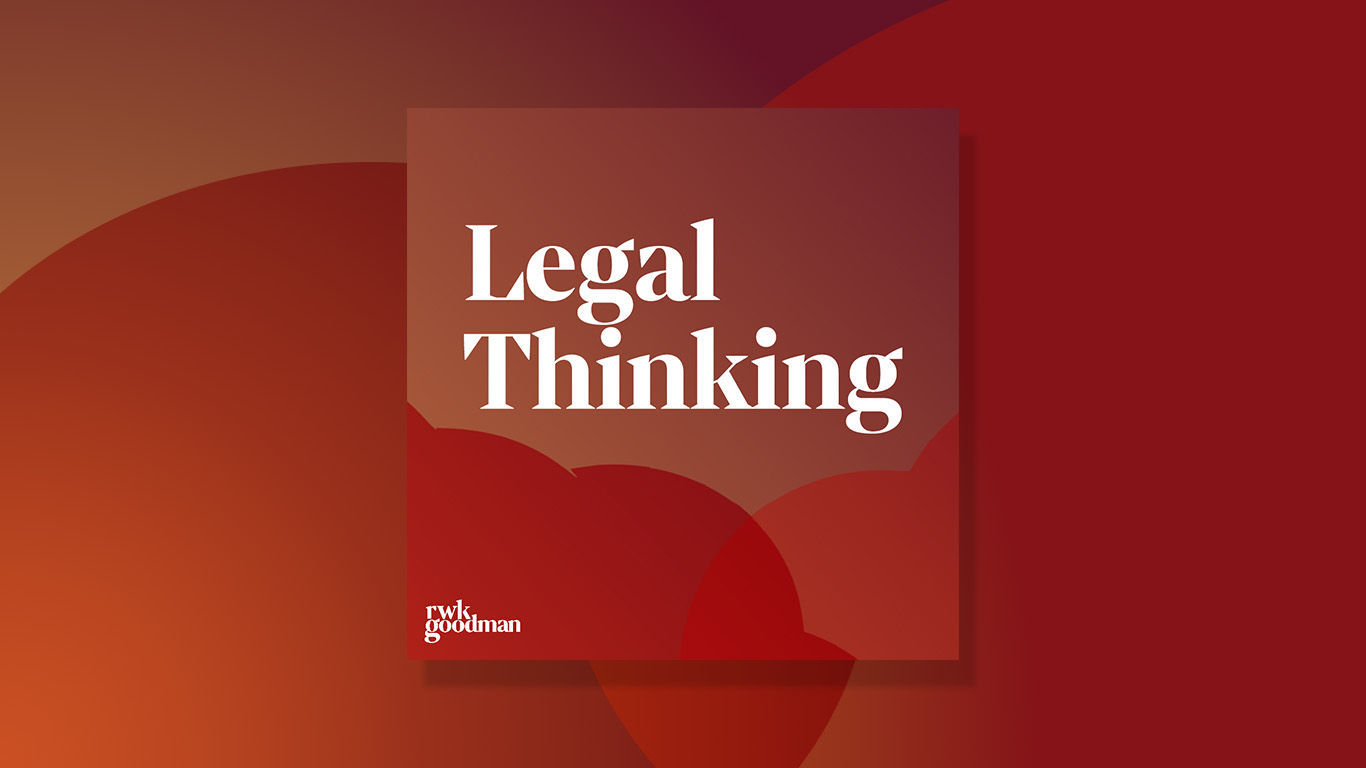

Make a claim for
cerebral palsy
Our specialist cerebral palsy solicitors are here to help you get the compensation deserved when your child has cerebral palsy as a result of a birth injury.
Call for a free consultation on whether you have a claim
contact us
Contact our cerebral palsy claim specialists today
Cerebral palsy may have been caused my medical negligence in pregnancy, during childbirth or poor neonatal care.
There may have been an underlying condition or infection which has been missed, or a difficult birth which has caused injury to your baby.
- Legal Aid available in most cases
- We can help find the right support for you
- Offices serving all of England & Wales
- Track record of successful claims
Whatever the circumstances, our specialist cerebral palsy solicitors can help you to make a compensation claim if you or your child has received substandard care.
If you think you or your child has a claim for cerebral palsy, it can be important to seek specialist legal representation as soon as possible.
Medical negligence which causes cerebral palsy is a complex area of law; expert cerebral palsy solicitors like us can help to ensure you and your child get the compensation you deserve.
Our team sees a claim both as an opportunity to secure your family’s future and to throw a spotlight on vital patient safety lessons for medical institutions, avoiding further instances of substandard care.
Call for a free consultation today
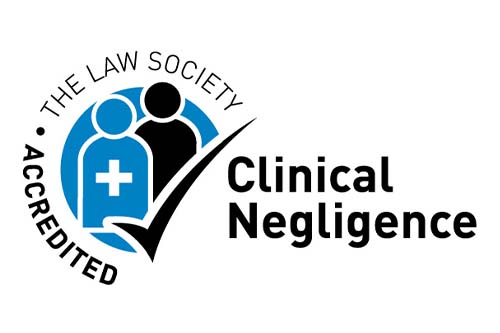
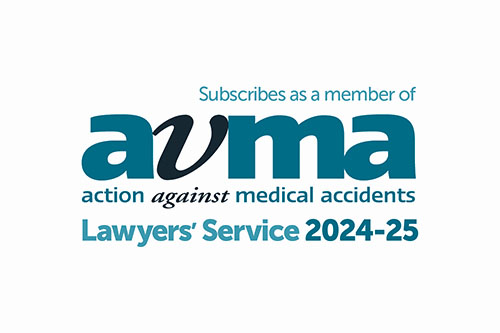
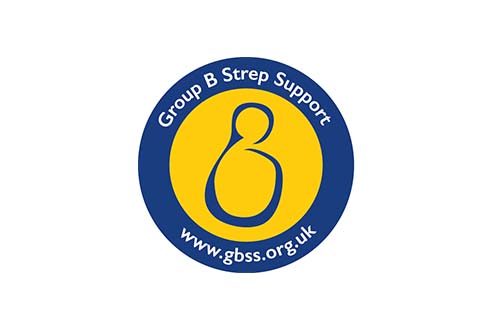

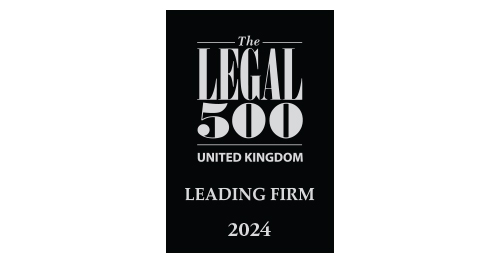
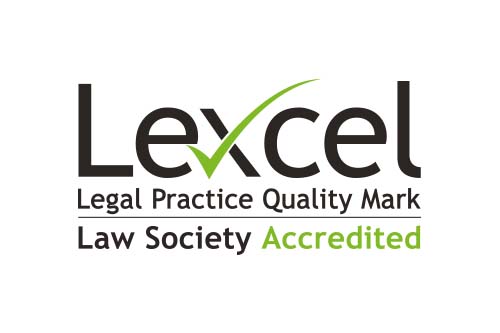
“We found them very knowledgeable in the field of medical law. They were able to breakdown complicated legal and medical issues into language which we could understand and have a full role in the claim.”
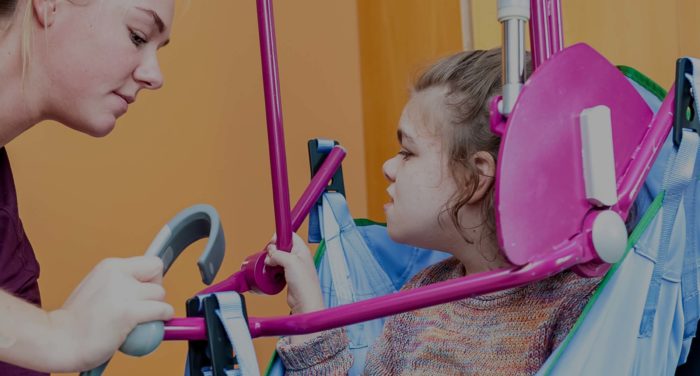
Guide for Little Champions
Our guide to being a Little Champion is full of ideas and advice to ensure your Little Champion reaches their full potential.
Make sure to visit our Little Champions guide for more information on the support available to children with disabilities, including cerebral palsy. The guide features hints on where to find local government support, ideas for days out and holidays, suggestions for technology that may assist your child with daily tasks, and much more!
Is there a time limit to making a claim for cerebral palsy?
Usually, you have three years from the date of injury or the date of knowledge of injury.
However, with injuries to children, this is extended to three years from their 18th birthday.
The time limit will usually not apply where the injured person lacks the mental ability to understand or bring a claim.
How much are cerebral palsy claims worth and what will the compensation help with?
The process of bringing a compensation claim for cerebral palsy is particularly complicated and undertaken often over a number of years, which is why we strongly recommend you instruct specialist solicitors.
At the end of this process, damages will hopefully be awarded to compensate you and your child and to provide your child with the care, support and equipment they will need for the rest of their life.
What are the funding options when making a cerebral palsy claim?
We are one of the few firms who still offer Legal Aid funding.
To be eligible you or your child must have suffered a neurological injury at birth or within the first eight weeks of life. Other forms of funding are available, for example, no win no fee agreements.
We will seek to take the stress away in arranging funding for the case and will undertake all work in setting up the funding of the claim, free of charge.
Making a complaint to the hospital
Sometimes it is useful to make a complaint to the hospital to find out more details about the care you and your child received.
If you want to find out more about the condition, we have built a comprehensive guide to cerebral palsy to help you understand diagnosis, treatment and the process of making a claim in more detail.
Cerebral palsy and medical negligence law
The law relating to medical negligence stems from the common law tort of negligence.
Common law (also known as case law) is the body of law that stems from judges’ court decisions over hundreds of years. Their judgements have set precedents, binding judges in the future to be consistent in their decision-making.
Torts are legal wrongs that one party suffers at the hands of another.
Tort of negligence is form of tort (legal wrong) that evolved because some types of loss or damage occur between parties that have no contract between them (with no contract, one party cannot sue another for damages).
Tort of negligence includes three essential elements that the claimant must establish (or prove) to bring a successful case:
- The defendant owed the claimant a duty of care
- The defendant breached their duty of care to the claimant (was negligent)
- The claimant has suffered injury and loss as a result of the breach of duty of care.
In medical negligence cases the duty of care between clinicians and patients is generally accepted without any argument.
It is harder to prove whether or not the defendant breached their duty of care to the claimant and what (if any) injury and loss was brought about from that breach of duty. Evidence from independent medical experts in the relevant medical fields is required to advise on these issues.
The starting point for any claim is to establish that there were shortcomings in the care provided which were sufficiently serious to amount to negligence.
In order to establish negligence, the Claimant needs to show through medical evidence that the treatment received fell below a reasonable standard. This is the standard to be expected of a reasonably competent practitioner, in the relevant field, at the relevant time. It would therefore be a defence to an allegation of medical negligence to show that a body of responsible practitioners in the particular field would have treated the patient in the same way in which he or she has been treated. This is known as the ‘Bolam’ test.
The starting point in clinical negligence cases is that the claimant must prove that the defendant’s negligence caused them to suffer injury that would not have otherwise happened.
This is known as the ‘but for’ test, i.e. ‘but for’ the defendant’s negligence, the injury would not have happened. The claimant is required to prove their case on the balance of probabilities, i.e. what is more likely than not to have been the case.
A significant difficulty is that it’s not always possible for medical science to establish (on the balance of probabilities) the likely cause and timing of a particular injury that would be required to argue that the injury would have been avoided ‘but for’ the negligence.
For example, there may be two or more factors contributing to the cause of the injury. Or it may be that there was a negligent delay in a hospital providing medical treatment, but it cannot be identified whether the damaging period of time happened before or after the patient’s admission to hospital.
In such cases, we may be able to argue that the delay in treatment materially contributed to causing the injury (even though we cannot say by how much); and that the period of time before and after admission needs to be taken as a whole so that it’s not necessary to prove when the injury occurred during that timeframe.
To help, the doctrine of material contribution to injury has been developed, providing a different approach in cases where the ‘but for’ test cannot be established either way.
The doctrine of material contribution in relation to a clinical negligence case, was confirmed by the Court of Appeal in 2008:
“In a case where medical science cannot establish the probability that ‘but for’ an act of negligence the injury would not have happened but can establish that the contribution of the negligent cause was more than negligible, the ‘but for’ test is modified, and the claimant will succeed.”
The following scenario illustrates the concept of material contribution:
- A number of factors caused the claimant’s injury cumulatively, either concurrently or consecutively
- One or more of the factors was caused by the defendant’s negligence
- The injury suffered is indivisible
- The claimant cannot establish that ‘but for’ the defendant’s negligence the injury would probably not have occurred as a result of uncertainty in medical science
- The contribution of the defendant’s negligence was more than negligible.
In cases where the claimant has suffered an ‘indivisible’ injury, which means that it is not possible to say to what extent each factor contributed to the injury, then the claimant is entitled to recover compensation for their entire injury from the defendant, as long as the defendant’s negligence made a material contribution to the injury.
If the injury is capable of division between the different causes, then the claimant is only entitled to recover compensation for the additional part of the injury caused by the defendant’s negligence.
The concept of material contribution to injury is particularly important in cases involving babies who suffer brain injury around the time of their birth, when it is not always possible to know the cause and timing of the injury.
The Court of Appeal considered material contribution in the case of Popple [2013] which was a claim by a child for the brain injury and cerebral palsy he suffered as a result of alleged medical negligence during his delivery.
In this case, the claimant suffered acute lack of oxygen immediately before his delivery causing brain damage and cerebral palsy. It was agreed that he lacked oxygen for 15 to 20 minutes, but the experts could not be precise. They agreed that the damage was more likely to have occurred during the final five to ten minutes of this period, but again the experts could not be precise.
It was found that there was a negligent delay in delivering the baby by five minutes. If the period of damaging hypoxia (lack of oxygen) was only five minutes, then the baby would have been born uninjured but for the negligent delay in delivering him.
If the period of damaging hypoxia lasted ten minutes, the baby would have suffered five minutes of damaging lack of oxygen that could not have been avoided, and a further five minutes of damaging lack of oxygen that should have been avoided.
The claimant recovered damages for his entire injury because the judges found that it was not possible for medical science to say at what point the claimant suffered damage, but that the five minutes of avoidable lack of oxygen would have either caused the whole injury or made a material contribution to the injury.
The Privy Council has recently confirmed the doctrine of material contribution. If the claimant cannot establish that, but for the negligence, they would or would not have suffered injury, claims can still succeed and the claimant is entitled to recover compensation in full for their injuries, where it is more likely than not that the defendant’s negligence has materially contributed to the injury; and the injury cannot be divided between negligent and non-negligent causes.
Below are summaries of key legal cases that have shaped the law relating to clinical negligence as we now find it.
-
Bolam v Friern Hospital Management Committee [1957] 2 ALL ER 118
This case dates back to 1957, but it’s still a relevant starting point when investigating whether medical treatment provided, or not provided, was negligent or of an acceptable standard.
The judgment in the case includes the following, which is now more commonly known as the ‘Bolam’ test:
“A doctor is not guilty of negligence if he has acted in accordance with a practice accepted as proper by a responsible body of medical men skilled in that particular art…Putting it the other way round, a doctor is not negligent, if he is acting in accordance with such a practice, merely because there is a body of opinion which takes the contrary view.”
To prove that the defendant has breached their duty of care, the claimant needs to show – through medical evidence – that their treatment fell below the reasonable standard to be expected of a reasonably competent practitioner, working in the relevant field, at the relevant time; such that a body of the relevant practitioner’s peers would not support the treatment.
It does not matter whether these practitioners would have provided alternative treatment, as long as the treatment provided is also supported as being reasonable in the circumstances.
-
Bolitho v City and Hackney Health Authority [1997] 4 All ER 771
The case of Bolitho modified the ‘Bolam’ test by ensuring that there is a logical basis for the opinions of the body of practitioners giving evidence in defence to an allegation of medical negligence.
The case was heard by the House of Lords, and in his Judgment, Lord Browne-Wilkinson stated (emphasis added):
“These decisions demonstrate that in cases of diagnosis and treatment there are cases where, despite a body of professional opinion sanctioning the defendant’s conduct, the defendant can properly be held liable for negligence (I am not here considering questions of disclosure of risk). In my judgment that is because, in some cases, it cannot be demonstrated to the judge’s satisfaction that the body of opinion relied upon is reasonable or responsible. In the vast majority of cases the fact that distinguished experts in the field are of a particular opinion will demonstrate the reasonableness of that opinion. In particular, where there are questions of assessment of the relative risks and benefits of adopting a particular medical practice, a reasonable view necessarily presupposes that the relative risks and benefits have been weighed by the experts in forming their opinions. But if, in a rare case, it can be demonstrated that the professional opinion is not capable of withstanding logical analysis, the judge is entitled to hold that the body of opinion is not reasonable or responsible.”
In summary, the body of opinion that seeks to support the defendant’s actions must withstand logical analysis as to its reasonableness. If it does not then a judge is entitled to find it is not reasonable nor responsible and, in this scenario, the body of opinion provided by relevant professionals/peers would not provide a valid defence to the clinician’s actions.
-
Montgomery (Appellant) v Lanarkshire Health Board (Respondent) [2015] UKSC 11
Prior to this case, the ‘Bolam’ test applied to the disclosure of information given to patients when a clinician was seeking consent for a particular treatment. This would include information on the risks of a treatment.
That means that if a responsible body of the clinician’s peers felt the information given (or lack of information given) to be reasonable in the circumstances, the clinician would not be found negligent in respect of the advice they gave to the patient when seeking their consent.
However, in the Montgomery case, the ‘Bolam’ test was considered inappropriate.
Mrs Montgomery was pursuing a claim for her son for the severe brain injury he suffered around the time of his birth. The key dispute was whether or not Mrs Montgomery should have been advised of the risk of suffering shoulder dystocia if she proceeded with a vaginal delivery and, in turn, been offered an elective caesarean section as an alternative.
Mrs Montgomery did not receive this information and proceeded with a vaginal delivery.
Unfortunately, she did suffer shoulder dystocia. Her baby was stuck, and it took the doctor 12 minutes to deliver him. During this time, he was deprived of oxygen and suffered permanent brain damage. He was subsequently diagnosed with cerebral palsy. He also suffered injury to his brachial plexus nerves, causing Erb’s Palsy.It was accepted that had the baby been delivered by caesarean section, he would not have suffered any injury.
The case was brought in Scotland, and was ultimately appealed to the Supreme Court where it was heard by seven judges. The judgment states (emphasis added):
”An adult person of sound mind is entitled to decide which, if any, of the available forms of treatment to undergo, and her consent must be obtained before treatment interfering with her bodily integrity is undertaken. The doctor is therefore under a duty to take reasonable care to ensure that the patient is aware of any material risks involved in any recommended treatment, and of any reasonable alternative or variant treatments. The test of materiality is whether, in the circumstances of the particular case, a reasonable person in the patient’s position would be likely to attach significance to the risk, or the doctor is or should reasonably be aware that the particular patient would be likely to attach significance to it.”
It was accepted that Mrs Montgomery should have been told about the risk of shoulder dystocia (estimated at 9-10% in her particular circumstances) and given the alternative option of a caesarean section. The court also accepted Mrs Montgomery’s evidence that, had she been given the information, she would have opted for a caesarean section and the injury would not have happened.
The Montgomery case clarifies the law in relation to what information a patient is entitled to be given before consenting to treatment. It shifts the emphasis from what information a doctor thinks a patient should be given; to what information the patient is likely to attach significance to – and therefore entitled to know – to make an informed choice about their treatment.
-
Williams v Bermuda Hospitals Board [2016] UKPC 4
The case of Williams is significant for establishing causation in clinical negligence claims. Causation is the injury and loss that can be proven to flow from the negligence.
Establishing causation is often complex in a clinical negligence case because a number of factors may have contributed to the injury. This makes it difficult to say whether or not the negligence caused the injury, using the ‘but for’ test.
This test of material contribution to injury was therefore established as an alternative way of establishing a link between the defendant’s negligence and the injury suffered in clinical negligence cases. The case of Williams has confirmed this alternative approach.
Prior to the case of Williams, The Court of Appeal heard the case of Bailey v Ministry of Defence [2008] EWCA 883. Lord Justice Waller summarises the position in respect of material contribution in his judgment, effectively modifying the ‘but for’ test:
“…if the evidence demonstrates on a balance of probabilities that the injury would have occurred as a result of the non-tortious cause or causes in any event, the claimant will have failed to establish that the tortious cause contributed…If the evidence demonstrates that ‘but for’ the contribution of the tortious cause the injury would probably not have occurred, the claimant will (obviously) have discharged the burden. In a case where medical science cannot establish the probability that ‘but for’ an act of negligence the injury would not have happened but can establish that the contribution of the negligence was more than negligible, the ‘but for’ test is modified, and the claimant will succeed”.
The Williams’ case concerned a delay in diagnosing and treating Mr Williams’ acute appendicitis. During his admission, Mr Williams developed sepsis, causing injury to his heart and lungs. It was alleged that he would not have suffered this injury were it not for the delay in treating his appendicitis. It was accepted that the sepsis developed over a period of about 6 hours and, of this period, 2 hours and 20 minutes was due to the hospital’s negligence.
The judgment of the Privy Council states (emphasis added):
“A claim will fail if the most that can be said is that the claimant’s injury is likely to have been caused by one or more of a number of disparate factors, one of which was attributable to a wrongful act or omission of the defendant. There the claimant will not have shown as a matter of probability that the factor attributable to the defendant caused the injury. By contrast, here, the sepsis was not divided into separate components causing separate damage to the heart and lungs. Its development and effect on the heart and lungs was a single continuous process, during which the sufficiency of the supply of oxygen to the heart steadily reduced. On the trial judge’s findings, that process continued for a minimum period of two hours 20 minutes longer than it should have done. In the judgment of the board, it is right to infer on the balance of probabilities that the hospital board’s negligence materially contributed to the process, and therefore materially contributed to the injury to the heart and lungs”
The Williams case is of particular importance to cases involving brain injury suffered at birth e.g. when a baby is deprived of oxygen and a delay in delivering the baby extends this time. It’s not always possible to know at what point a baby suffers brain damage as a result of oxygen starvation, and therefore a negligent delay in delivery may materially contribute to the injury.
The Williams case therefore confirmed the use of the ‘material contribution’ test in cases where the ‘but for’ test could not be established.
The present position in establishing causation is:
- Can you establish that ‘but for’ the negligence you / your child would or would not likely have suffered the injury?
- If you cannot establish the ‘but for’ test, and there are several cumulative or successive causes contributing to the injury (one or more of which is the defendant’s negligence), can you establish that the defendant’s negligence ‘materially contributed’ to the injury?
- If there is a material contribution from the defendant’s negligence, can you prove what proportion of the injury was caused by each contributing factor? If so, then you can recover compensation for the part of the injury caused by the defendant’s negligence. If not, and the injury is indivisible, you can claim compensation for the whole injury from the Defendant.
-
JXMX v Dartford and Gravesham NHS Trust [2015] EWCA Civ 96
This significant case, heard in the Court of Appeal, establishes principles relating to anonymity for child claimants.
Claims brought and settled on behalf of children are subject to the approval of the court as a safeguarding measure to ensure:
- The settlement is appropriate and in the child’s best interest
- The child’s compensation is managed and protected.
Such hearings are public and can be published, but this case established that the anonymity of child claimants should be ordered routinely unless there was good reason for this not to happen.
The case established the following principles (emphasis added):
1. “The hearing should be listed for hearing in public under the name in which the proceedings were issued, unless by the time of the hearing an anonymity order has already been made;
2. Because the hearing will be held in open court the press and members of the public will have a right to be present and to observe the proceedings;
3. The press will be free to report the proceedings, subject only to any order made by the judge restricting publication of the name and address of the claimant, his or her litigation friend (and, if different, the names and addresses of his or her parents) and restricting access by non-parties to documents in the court record other than those which have been anonymised (an “anonymity order”);
4. The judge should invite submissions from the parties and the press before making an anonymity order;
5. Unless satisfied after hearing argument that it is not necessary to do so, the judge should make an anonymity order for the protection of the claimant and his or her family;
6. If the judge concludes that it is unnecessary to make an anonymity order, he should give a short judgment setting out his reasons for coming to that conclusion;
7. The judge should normally give a brief judgment on the application (taking into account any anonymity order) explaining the circumstances giving rise to the claim and the reasons for his decision to grant or withhold approval and should make a copy available to the Press on request as soon as possible after the hearing.”












